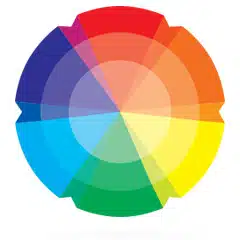Rules to Follow
It is one of the most important decisions you can make on a project – so take your time. Dream. Experiment. Explore.
01 Find Your Vision
Do your research to find color ideas and inspiration. Look at magazines, go online, take a trip around town or a far-off land.
02 Create The Setting
What mood do you want to create for the space? Whether it’s energizing or restful, the color will help determine the room’s mood.
What is the function of the room? Whether it’s your living room, dining room, bedroom, kitchen or craft room, color plays a role in the design and mood.
03 Take Stock
What are the key elements in your room? Flooring, furnishings, artwork, rugs and other design elements in the room are an important consideration if these are playing a part of the new color design.
What lighting conditions are in the room? Do you have a lot of natural light coming in or do you rely on incandescent lighting for the room? Lighting plays a key role in color selection as color will change in different lighting conditions and throughout the day.
04 Test, Test, Test !
Color plays an integral part of the design aesthetic so testing the color is key. The opportunity to view various colors on the walls under the lighting conditions assists in providing a true reflection of the color in the setting.
KNOW THE COMMON USES OF COLOR
Knowing how color is commonly used in design projects is another helpful approach to selecting color. The design professionals constantly monitor the latest research on psychological and physiological responses to color to create effective and stimulating design. As you think about your project, consider the following uses of color.
HOW LIGHT AFFECTS COLOR
Nothing changes our perception of color more than light. Paint, textures, fixtures and furnishings are all affected by light. That’s why it’s imperative that you assess colors under the predominant lighting conditions for your projects. There are three primary lighting sources: direct sunlight, indirect sunlight and artificial lighting.








